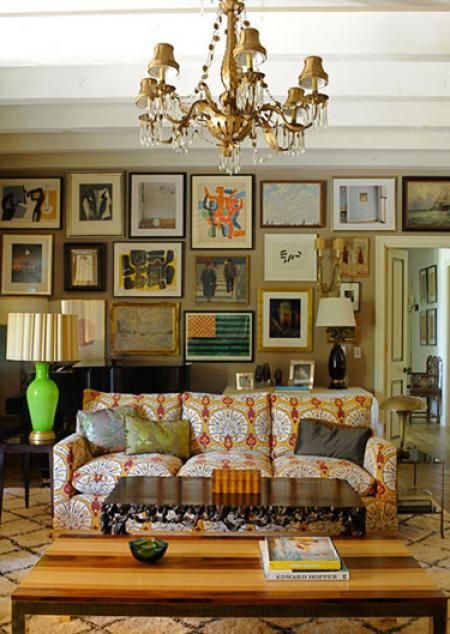• The average energy-saving bulb emits 70 percent less heat than the incandescent kind
• Electricity travels 186,000 miles per second
• If you had a light on the moon connected to a switch in your bedroom, it would take only 1.26 seconds for it to light up, 238,857 miles away.
•Thomas Edison is credited with 1,093 inventions, the most famous being the incandescent light bulb
• Red light has the longest wavelength while violet light has the shortest wavelength
Using a combination of lamps and installed lighting (chandeliers, scones, pendants) is more visually comfortable that a single light source.

Questions to ask when choosing a chandelier:
1. How high is your ceiling? Taller ceilings demand larger fixtures.
2. What is the size and shape of your table? island? The chandelier should complement, not overpower, anything you plan to suspend it over.
3. How big is the room you are trying to illuminate? Again, be sure the chandelier is not too big or too small for the room.
4. What is the form and design of the chandelier? Light, airy fixtures tend to look larger.

In your dining room, choose a chandelier first to define the space, then add complementary accent lights.


A chandelier should have a diameter 12" less than width of table. The bottom of chandelier should be 30" above table.

How much light do you need? A quick formula: roughly two watts per square foot, so a 12 by 12 room would need approximately 300 watts -- or four lamps with 75-watt bulbs.

Sconces are mounted to a wall (either hardwired or plug-in) provide warm and subtle illumination.

Hang a pendent table or install sconces to help save space on your bedside tables.

References: Pegasus Lighting Associates and American Lighting Association




Lighting aside, I think that yellow wallpaper with the chandelier might be similar to Emma's!
ReplyDelete